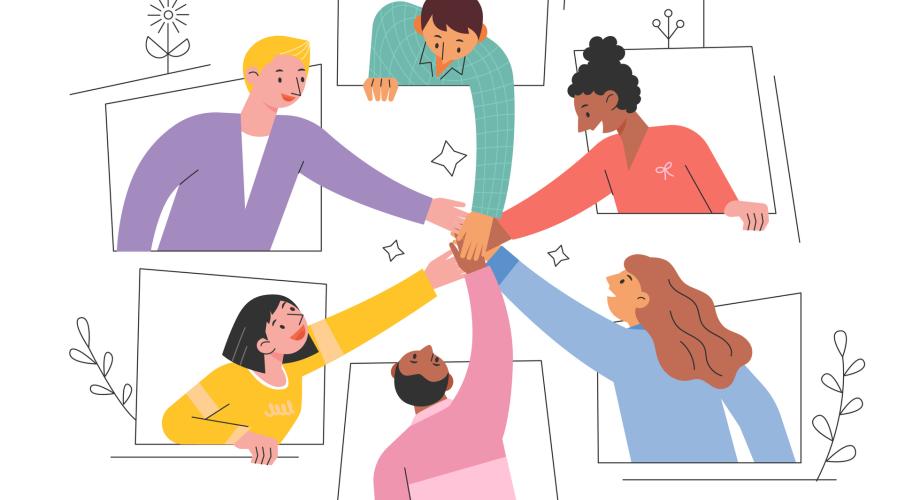After move-in, maintenance associates are the primary points of contact for residents. So, why do maintenance teams only receive customer service training as a reaction to negative reviews while office teams receive ongoing support.
By taking a collaborative approach to reputation management and customer service, onsite teams can better meet resident expectations throughout the life cycle of a lease.
During the Apartmentalize 2023 education session, “Crossing the Divide: Involving Maintenance in Our Customer Journey,” industry experts examined actionable standards for each critical customer moment, from initial inquiry to renewal. They stressed that training must be synched between maintenance and office teams, with a common goal in mind, to erase the longstanding division and keep each side abreast of the other’s efforts.
“The office team and maintenance team often are not on the same page. They’re not even in the same book,” said presenter Paul Rhodes, Senior Manager of Maintenance Learning for Brookfield Properties. “There is a benefit to having both teams aware of what the other is doing. If both teams are involved, each team can see things that the other misses and help with that process.”
Katherine Likaont, Sales Performance Manager at Brookfield, said office and maintenance teams engage with residents at different points in the lease life cycle, making seamless handoffs essential. She said each team sets up the other for success.
Leasing teams convert more leads when home turns are conducted quickly and thoroughly, so touring prospects view and receive the home in its best condition. By building a positive initial rapport with residents, leasing teams establish trust and position maintenance teams for positive resident interactions, as well. That reciprocal relationship continues to the conclusion of the lease.
“New resident orientation is a really important time for bonding the new customer or resident with the leasing team,” Likaont said. “Maintenance really leads the customer experience once the resident occupies the residence. They need to swiftly complete service requests, communicate clearly with the resident and stay on top of preventive maintenance. That creates a positive experience that sets up the leasing team for success at renewal.”
Rhodes emphasized the importance of communication between teams, particularly in terms of scheduling. He suggested daily in-person huddles for updates and radios for hands-free communication throughout the day.
“Most communities have no communication pathway to loop maintenance in,” Rhodes said. “But from a maintenance perspective, the benefits of scheduling ahead are huge for preventive maintenance, and we have the information to do that. We just need to communicate and make sure those logistics and information are shared.”
With shared training in place, communication channels established, and roles clearly defined, Likaont said leasing and maintenance should appear as a singular operation.
“In a perfect engagement handoff, residents shouldn’t know there are two separate teams,” she said. “Team members need to operate as a united front, through open communications, clear responsibilities and expectations, and an openness to feedback. We need teams to cross that divide and understand that even at points in the customer journey where you’re disengaged, that those hand-offs between departments have to be there.”
Doug Pike is a Content Manager for LinnellTaylor Marketing.
